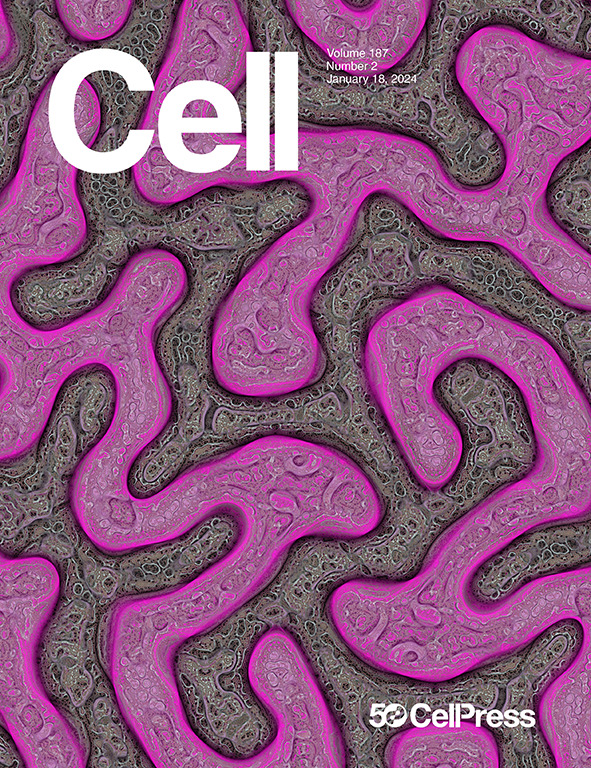极度濒危的索拉的基因组受到种群结构和净化的影响
IF 45.5
1区 生物学
Q1 BIOCHEMISTRY & MOLECULAR BIOLOGY
引用次数: 0
摘要
考拉是最难以捉摸的大型哺乳动物之一,正处于灭绝的边缘。我们构建了一个参考基因组,并对26个南羚个体进行了重测序,证实了南羚是博维尼科的基础成员。尽管其地理分布范围较小,但我们发现小树猴分为两个居群,具有较高的遗传分化(FST = 0.49)。我们估计,这些种群在5000 - 20000年前分化并开始减少,可能是由于气候变化,并因人类活动的增加而加剧。南非狒狒有很长的种群束,但没有基因组多样性;然而,这些土地中的大部分并不是由这两个种群共享的。Saolas携带着很高的遗传负荷,然而它们的逐渐减少导致了最有害的遗传变异的清除。最后,我们发现将两个种群结合起来,例如在最终的圈养繁殖计划中,将减轻遗传负荷并增加物种生存的几率。本文章由计算机程序翻译,如有差异,请以英文原文为准。

Genomes of critically endangered saola are shaped by population structure and purging
The saola is one of the most elusive large mammals, standing at the brink of extinction. We constructed a reference genome and resequenced 26 saola individuals, confirming the saola as a basal member of the Bovini. Despite its small geographic range, we found that the saola is partitioned into two populations with high genetic differentiation (FST = 0.49). We estimate that these populations diverged and started declining 5,000–20,000 years ago, possibly due to climate changes and exacerbated by increasing human activities. The saola has long tracts without genomic diversity; however, most of these tracts are not shared by the two populations. Saolas carry a high genetic load, yet their gradual decline resulted in the purging of the most deleterious genetic variation. Finally, we find that combining the two populations, e.g., in an eventual captive breeding program, would mitigate the genetic load and increase the odds of species survival.
求助全文
通过发布文献求助,成功后即可免费获取论文全文。
去求助
来源期刊

Cell
生物-生化与分子生物学
CiteScore
110.00
自引率
0.80%
发文量
396
审稿时长
2 months
期刊介绍:
Cells is an international, peer-reviewed, open access journal that focuses on cell biology, molecular biology, and biophysics. It is affiliated with several societies, including the Spanish Society for Biochemistry and Molecular Biology (SEBBM), Nordic Autophagy Society (NAS), Spanish Society of Hematology and Hemotherapy (SEHH), and Society for Regenerative Medicine (Russian Federation) (RPO).
The journal publishes research findings of significant importance in various areas of experimental biology, such as cell biology, molecular biology, neuroscience, immunology, virology, microbiology, cancer, human genetics, systems biology, signaling, and disease mechanisms and therapeutics. The primary criterion for considering papers is whether the results contribute to significant conceptual advances or raise thought-provoking questions and hypotheses related to interesting and important biological inquiries.
In addition to primary research articles presented in four formats, Cells also features review and opinion articles in its "leading edge" section, discussing recent research advancements and topics of interest to its wide readership.
 求助内容:
求助内容: 应助结果提醒方式:
应助结果提醒方式:


